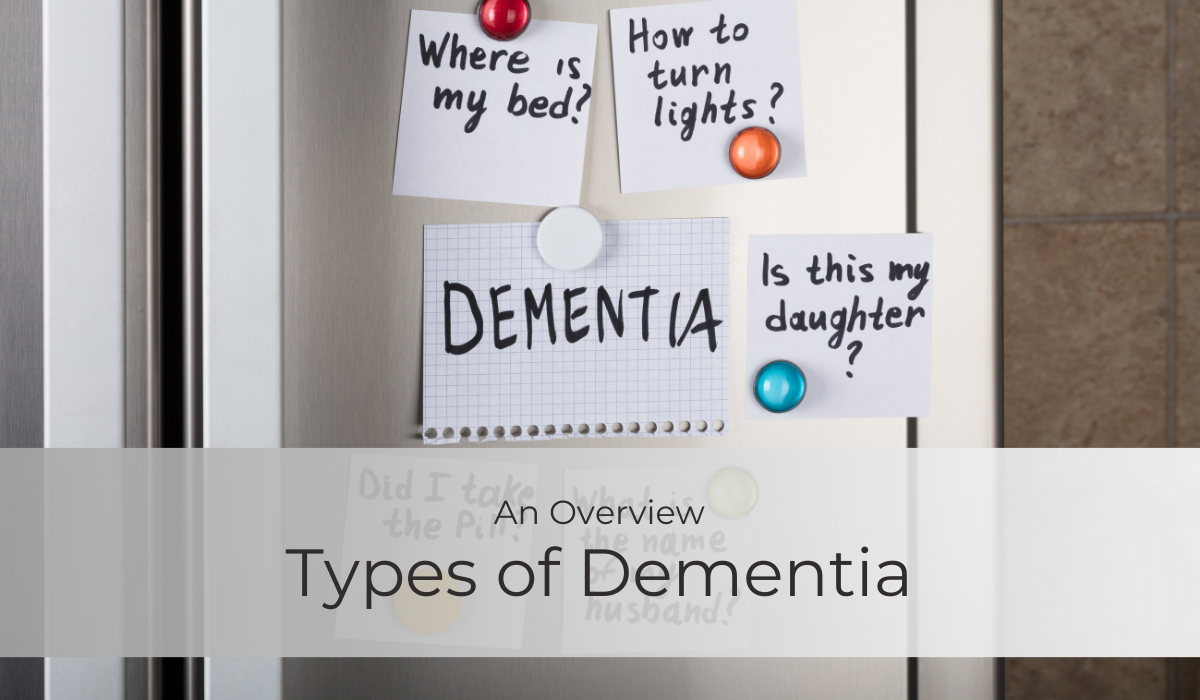Types of Dementia: An Overview

Dementia is a term you might have heard before, but do you know what it really means? Dementia is not a single disease but a broad category of conditions that affect the brain and its ability to function properly. In this article, we'll take a closer look at some common types of dementia to help you better understand this complex topic.
Alzheimer's Disease
Alzheimer's disease is the most common type of dementia. It usually affects older adults, although it can also occur in younger people. This condition slowly damages the brain cells, leading to memory loss, confusion, and problems with thinking and reasoning. Over time, individuals with Alzheimer's may struggle to perform daily tasks independently.
Vascular Dementia
Vascular dementia is caused by problems with blood flow to the brain. It often occurs after a stroke or when small blood vessels in the brain become damaged. The symptoms of vascular dementia can vary but often include difficulties with planning, organization, and problem-solving. Memory problems may also be present.
Lewy Body Dementia
Lewy body dementia is characterized by the buildup of abnormal protein deposits, known as Lewy bodies, in the brain. People with this type of dementia may experience hallucinations, fluctuations in alertness, and problems with movement. It shares some similarities with both Alzheimer's and Parkinson's disease.
Frontotemporal Dementia
Frontotemporal dementia affects the front and sides of the brain, leading to changes in personality, behavior, and language abilities. Unlike Alzheimer's, memory problems are not the primary symptom in this type of dementia. Instead, individuals may exhibit social disinhibition, apathy, or difficulty with language.
Mixed Dementia
As the name suggests, mixed dementia involves a combination of two or more types of dementia. It is not uncommon for individuals to have both Alzheimer's disease and vascular dementia simultaneously. This can make diagnosis and management more challenging for doctors.
Creutzfeldt-Jakob Disease
Creutzfeldt-Jakob disease (CJD) is a rare and rapidly progressing form of dementia caused by abnormal proteins called prions. It can lead to severe neurological symptoms, including muscle stiffness, twitching, and personality changes. Unfortunately, there is no cure for CJD.
Conclusion
Dementia is a complex and challenging group of conditions that affect millions of people worldwide. While the types of dementia we discussed in this article are some of the most common, there are other rare forms as well. It's crucial to remember that each person's experience with dementia is unique, and the progression and symptoms can vary widely.
If you or someone you know is experiencing memory loss or cognitive difficulties, it's essential to seek medical advice. Early diagnosis and intervention can help improve the quality of life for those affected by dementia and provide valuable support for their families and caregivers.
In the future, as scientists and researchers continue to study these conditions, we hope to find better treatments and, ultimately, a cure for dementia. Until then, understanding the different types of dementia is an important step in raising awareness and promoting empathy and support for those living with this challenging condition.
We'd love to hear from you! Share your thoughts and questions about dementia types in the comments section below. Whether you have a personal story, a question, or additional insights to contribute, your comments can help us foster a supportive and informative community around this important topic. Join the conversation, and let's learn from each other!
Alzheimer’s Disease Resource Page
Delve into the realm of Alzheimer's Disease resources, gaining a deeper understanding of the benefits, considerations, and choices available. Explore our comprehensive Alzheimer's Disease Resource Page for valuable insights, practical tips, and expert guidance on navigating the challenges associated with Alzheimer's, bridging the gap between independent living and specialized care facilities.
Free Checklist:
Home Care Setup Checklist
 Take action now to ensure the safety and well-being of your elderly family members at home.
Take action now to ensure the safety and well-being of your elderly family members at home.
Download our free Home Care Setup Checklist: Creating a Safe Environment for Elderly Family Members and gain peace of mind knowing that you have covered all the necessary steps to protect your loved ones.
Don't wait any longer - start creating a nurturing and secure environment where they can flourish today.
